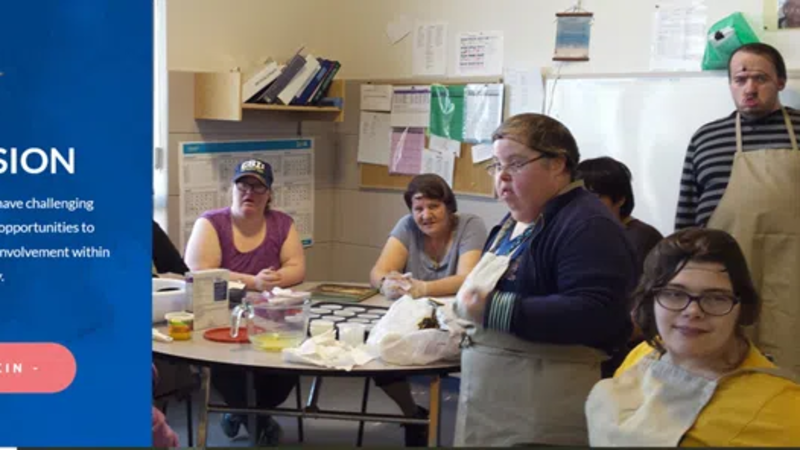
The history behind day school to residential school
paNow.com is taking a look into the Indian day school program in a three part series. Kirkby Fourier Law office in Prince Albert is gathering names of day school attendees in hopes of seeking legal action for survivors. To read part one, click here.
The history of First Nations education in Canada is complex and stretches far beyond the reach of what the Truth and Reconciliation Commission covered.
For those who attended residential schools, survivors could be taken away from their families from a young age for up to 10 months at a time until the age of 16. At that age, they could either continue on to complete Grade 12 or end their studies. These children’s parents typically relied on their traditional trapping lines to support their families, or they were located in a more remote area of the province.
For families who didn’t rely on the traditional trapping lines, they would find themselves in a slightly different system according to Richie Bird, a former residential school support worker and a day school attendee.


